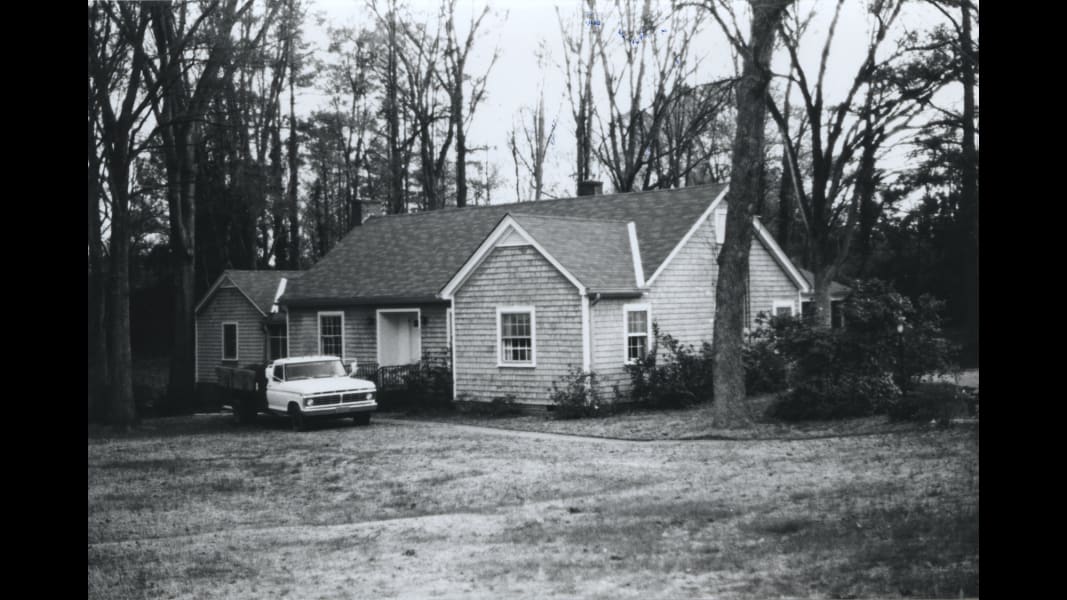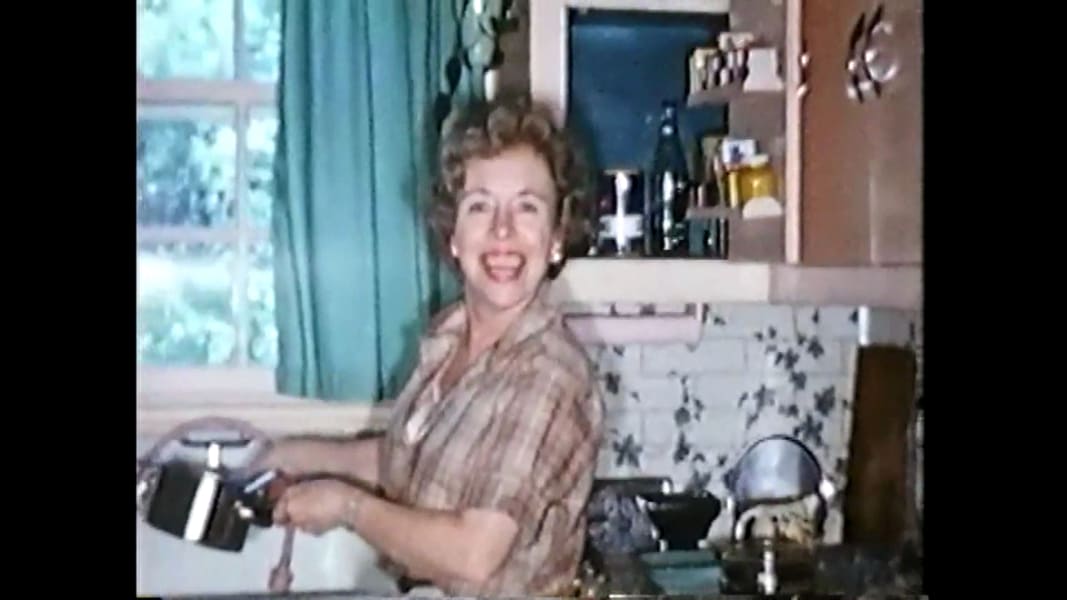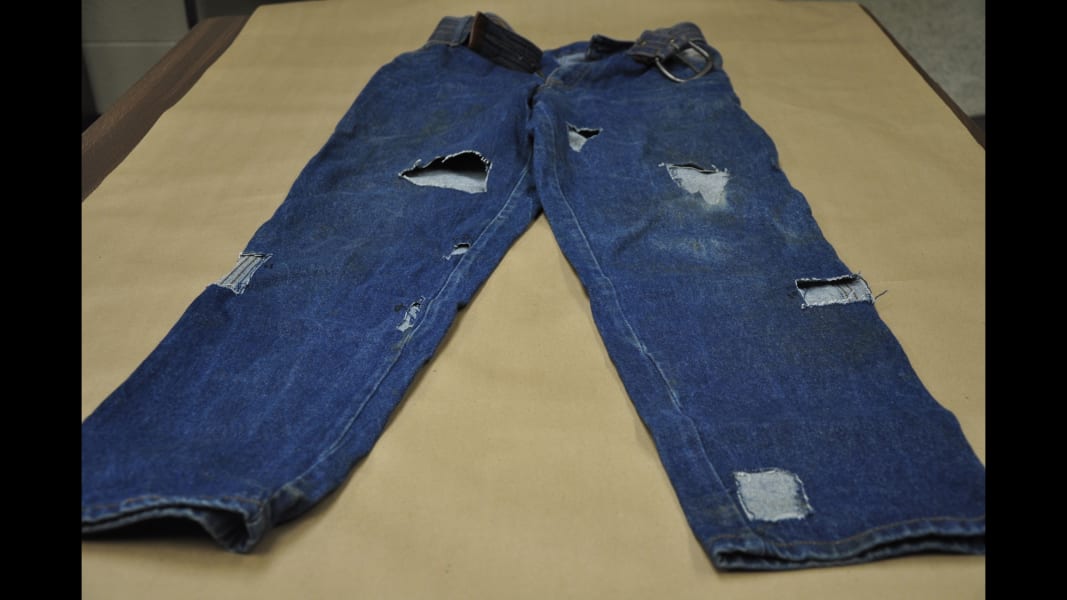Share


1 of 13
Imprisoned more than half his life for a rape and murder conviction, 53-year-old Edward Lee Elmore, center, celebrates his 2012 release in Greenwood, South Carolina. Appellate lawyers Diana Holt and John Blume uncovered information suggesting that evidence was planted or hidden from defense attorneys. Elmore had been sentenced to death three times for the 1982 rape and murder of 75-year-old Dorothy Edwards, a wealthy Greenwood widow. Elmore had no alibi at the time of the killing.
For more, watch "Death Row Stories" on CNN at 9 p.m. ET on Sunday. Matt Walsh/The Index-Journal/AP
For more, watch "Death Row Stories" on CNN at 9 p.m. ET on Sunday. Matt Walsh/The Index-Journal/AP
In January 1982, Edwards' longtime friend and neighbor Jimmy Holloway let himself into her house after noticing newspapers piling up in the driveway. Holloway, a Greenwood city councilman, called police and told them he had found Edwards' body. He also pointed out Elmore, a semi-literate handyman, as a possible suspect. trial evidence/Diana Holt
Edwards, who was living alone at the time, had hired Elmore the month before her death for odd jobs around the house. Prosecutors accused Elmore of raping Edwards and beating her to death. edwards family photo
Holloway said he found her bloodied and battered body stuffed in this bedroom closet. Prosecutors said Elmore forced his way into the house through the back door to commit a robbery. An attack occurred in the kitchen, where Edwards suffered a blow so powerful that a denture plate flew out of her mouth, according to testimony. Trial evidence/Diana Holt
Holloway said this coffee pot was on when he entered the house. It was set to turn on at 6 a.m., suggesting that Edwards was killed after the clock was set and before it turned on. An expert for the defense later testified that Edwards was more likely killed in the afternoon. trial evidence/diana holt
The most damning evidence, according to prosecutors, were these hairs found in Edwards' bed. But Elmore's team found the evidence suspicious because it was not packaged and labeled in the same way as other evidence in the home. trial evidence/Diana Holt
Police collected head and pubic hairs from Elmore and stored them in this evidence bag. Elmore's team conceded that they belonged to him but said they were collected from him after his arrest and not from the crime scene. To bolster their theory, they pointed out that investigators did not take crime scene photos of the hairs on the bed or package the hairs like the rest of the evidence found at the crime scene. trial evidence/Diana Holt
Elmore's team says this photo of the bed where Edwards was raped supports the claim that pubic hairs were never there. They said investigators would not place equipment on the bed, and they would have taken evidence pictures. trial evidence/diana holt
This police list suggests that key evidence was lost or hidden. Item "T" included "fibers" and "hairs" collected from Edwards' body but never introduced as trial evidence. More than a decade later, a state investigator found item "T" in the back of a desk drawer. New analysis showed that item T included a "Caucasian hair" that did not belong to Edwards or Elmore. Greenwood County Clerk of Court
These are the jeans Elmore was wearing the night prosecutors said Edwards was killed. A state expert told jurors that blood stains matched the victim's blood type. But Elmore's team said a law enforcement agent took them from the crime lab, exposing them to tampering. The scant amount of blood also suggested that they were not worn during the bloody attack, according to defense experts. Greenwood Police Department
Elmore's fellow inmate James Gilliam said jail officials offered to "look after" Gilliam in exchange for incriminating testimony. Gilliam told jurors that Elmore confessed to killing Edwards. He later told Elmore's lawyers that he had lied. Greenwood County Sheriff's Office
Diana Holt was a law student in her mid-30s when she joined the case in 1993, 11 years after the first trial. When Holt first met Elmore in prison, she was surprised that a convicted killer on death row could be "so docile and gentle." As she started reading the trial testimony, Holt couldn't believe her eyes. "All the forensic evidence evaporated under the smallest measure of scrutiny," she said. courtesy john blume
Elmore has maintained his innocence since his arrest. He was locked up for a total of 11,000 days before his release. A plea deal with South Carolina prosecutors allowed him to "maintain his innocence" while pleading guilty to murder. He had a choice, Holt said: potentially spend years awaiting another trial or go free. "Immediate freedom stymied ongoing justice," she said. Matt Walsh/The Index-Journal/AP




















